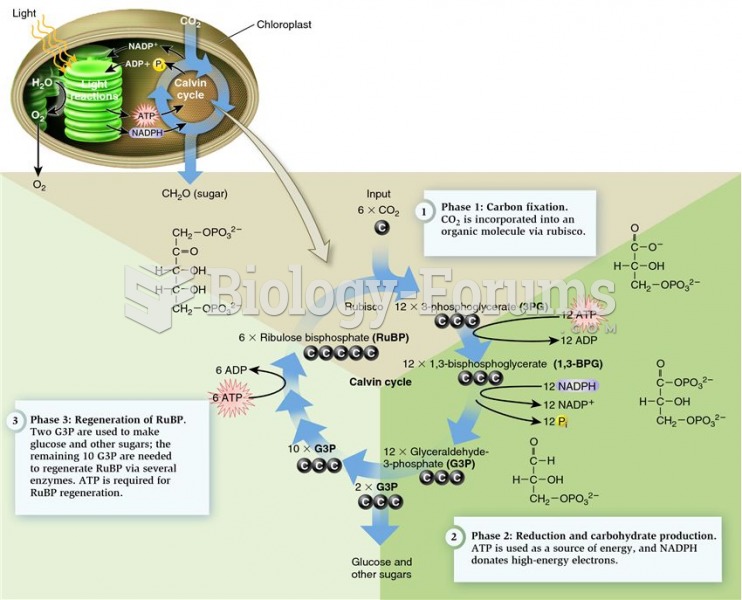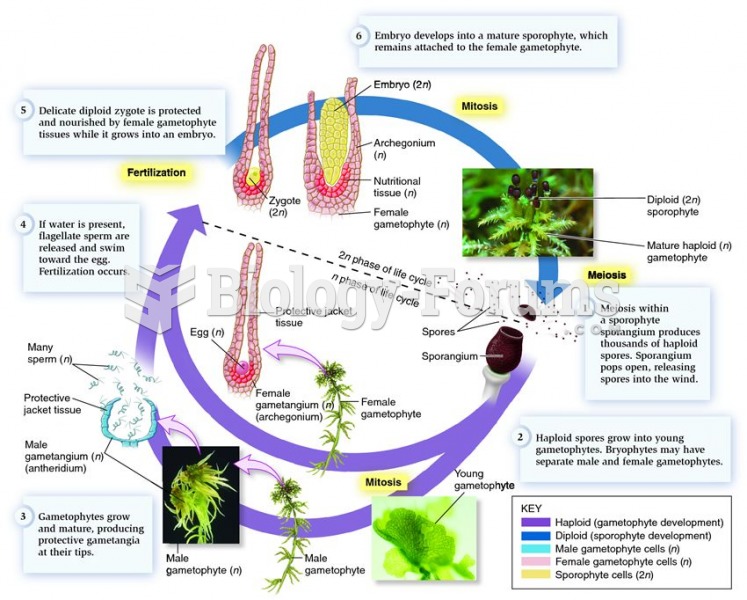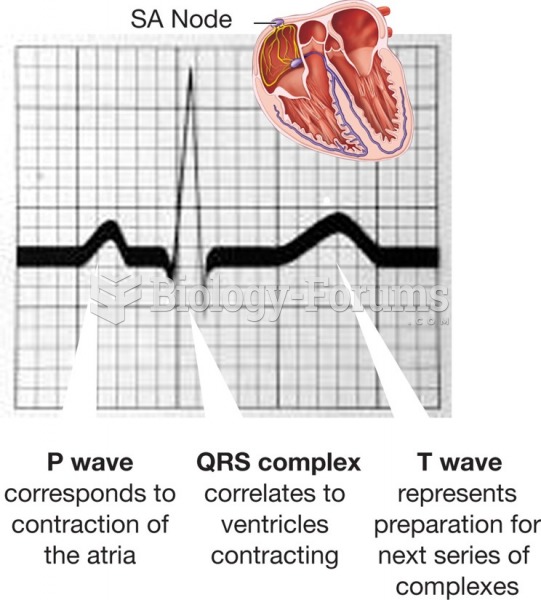Answer to Question 1
First stage: excitement
- For both sexes, blood begins to circulate into erectile structures throughout the body.
- This causes them to expand and enlarge in a process called vasocongestion.
- A sex flush, or reddening of the skin of the chest and abdomen, may occur in some people.
- The nipples become erect.
- Breathing becomes heavier and faster.
- Heart rate increases.
- Voluntary muscles tense.
- For men, the first and most obvious sign of sexual excitement is the erection of the penis.
- For women, the first physical change is the erection of the clitoris.
- For women, the most perceptible sign that sexual excitement has begun is vaginal lubrication.
Second stage: plateau
- At some point in the excitement phase, there is a leveling off of arousal for both sexes.
- During this stage, men and women continue to be very aroused but do not appear to be experiencing much additional elevation in their levels of arousal.
- During the plateau phase, erectile tissues throughout the sexual anatomy are fully engorged with blood.
- Respiration, heart rate, blood pressure, and muscle tension are all at high levels.
- The sexual flush on the skin in some people spreads and darkens.
Third stage: orgasm
- The climax of sexual arousal, and the shortest of the four stages.
- Women require a somewhat longer period of stimulation than men do to achieve orgasm with a partner.
- Most women require additional manual or oral stimulation of the clitoral area, either before, during, or after intercourse.
- Factors influencing the intensity and duration of orgasm are the length of arousal prior to orgasm, the length of time since the previous orgasm, alcohol or other drug use, and feelings of intimacy and comfort with a partner.
- For both sexes, as orgasm approaches, respiration increases dramatically, and pulse rate and blood pressure continue to rise.
- There is usually a loss of control over some voluntary muscles, which results in muscle contractions and spasms, especially in the hands and feet.
- Muscles in the pelvic region begin to contract rhythmically at the rate of once every 0.8 seconds.
- For women, the anus, uterus, muscles of the pelvic floor, and walls of the outer third of the vagina all contract at intervals of 0.8 seconds during orgasm.
- For men, orgasm also involves pelvic contractions and usually includes ejaculation.
- Ejaculation occurs in two stages.
- The first stage is emission, when semen builds up in the urethral bulb, creating the subjective sensation that ejaculation has begun and nothing can stop it.
- The second stage is expulsion, when semen is pushed through the urethra and out of the penis.
Fourth stage: resolution
- Also called detumescence.
- The body returns to its sexually non-aroused state; this happens fairly rapidly following orgasm, but takes somewhat longer if orgasm has not occurred.
- For both sexes, heart rate, blood pressure, and muscle tension drop quickly.
- If there was a sex flush, it fades.
- Both sexes usually feel relaxed, warm, content, and sleepy.
- If a woman receives additional stimulation following orgasm, she may be capable of returning to the plateau phase and have one or more additional orgasms without entering a resolution phase or refractory period between them.
- For women, blood flows back out of erectile tissues throughout the genitals and breasts.
- The breasts, nipples, and areolas diminish in size.
- The clitoris resumes its pre-arousal position and shrinks slightly.
- The labia minora return to their normal size and position.
- The walls of the vagina relax and fold in on one another.
- The uterus drops back down to just above the cervix.
- For men, nipples lose their erection.
- The penile glans lightens in color.
- The penis becomes softer and smaller, returning to its unaroused, flaccid state.
- The scrotal skin relaxes and the testicles drop down, away from the body.
Answer to Question 2
Answer: C






